
The Official 2021 West Coast Sailing Winter and Cold Weather Sailing Gear Guide
Sailing in the winter can be rewarding, particularly if you're racing in a local frostbite fleet. These winter series tend to be a bit less formal and offer a great opportunity for training and a chance to build community in your fleet. Thankfully there are lots of options available to keeping warm and comfortable on the racecourse, even on the coldest of days. In our Winter & Cold Weather Sailing Guide we'll talk about the merits of a drysuit vs a wetsuit, how to properly layer, and popular accessories for keeping your hands, feet, and head toasty on those blustery winter days.
The #1 Question: Drysuit or Wetsuit?
For cold weather and frostbite sailing, there are two common gear methods: wearing a drysuit and base layers or wearing a wetsuit and neoprene tops. This is often referred to as 'dressing to stay dry' vs 'dressing to get wet' and what works best for you depends on the boat you're sailing and the exact conditions. For the coldest conditions, we recommend a drysuit, which offers 100% waterproof protection. Layer up underneath with base and mid layers depending on your activity level or the water temperature. For cool but not extremely cold conditions, a heavy weight wetsuit and complementing neoprene top can be more comfortable, flexible, and less expensive. Adding a waterproof spray top over the wetsuit can help cut down on spray and wind chill. Some sailors prefer the convenience and total protection of a drysuit and sail often enough in the winter that it is a worthwhile investment while other sailors prefer the different options that become available when you go with the wetsuit approach. When in doubt, see what other sailors in your local fleet are wearing!
Winter Sailing Gear Checklist:
Drysuit Method:
Wetsuit Method:
Recommended Accessories:
Gear You Might Already Have:
Drysuit
A drysuit offers the ultimate form of protection from the elements. Waterproof fabric and seals at the wrist and neck mean your drysuit is fully submersible and will keep you dry inside so that you can wear a combination of layers to keep you warm and comfortable.
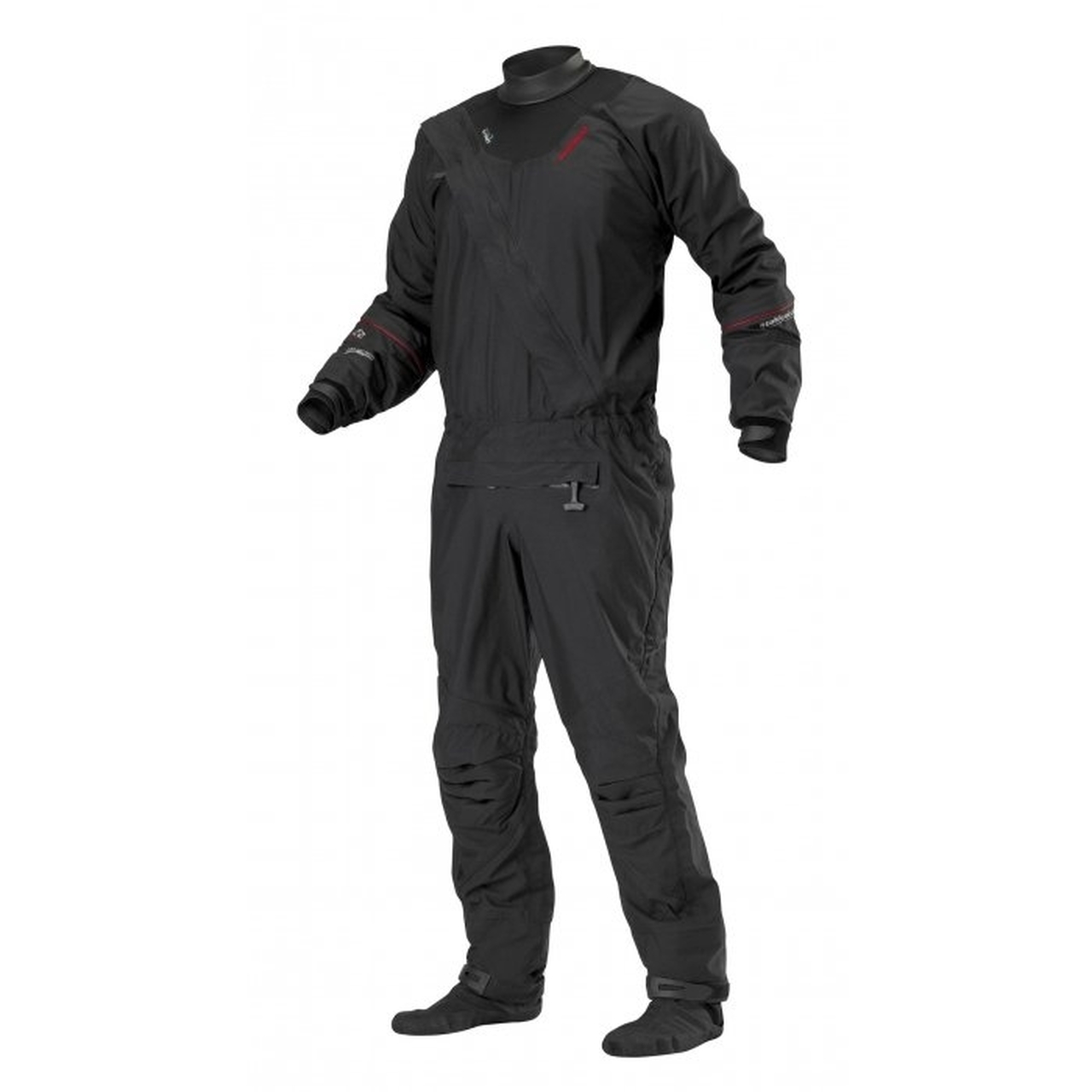
Warm Layers
This is the one piece of gear that is least sailing specific, yet very important. Most new sailors will find something in their closet that performs well for insulation on the water. There are however a few basic points to keep in mind. Good layering starts with a good base layer, which should be lightweight and made of a natural or synthetic fiber that wicks moisture away from the skin. Mid-layers can range in thickness according to weather and should again be made of wicking natural or synthetic fibers (such as wool or fleece). It is very important that sailors avoid cotton while on the water, as cotton will loose all of its insulating properties once wet.
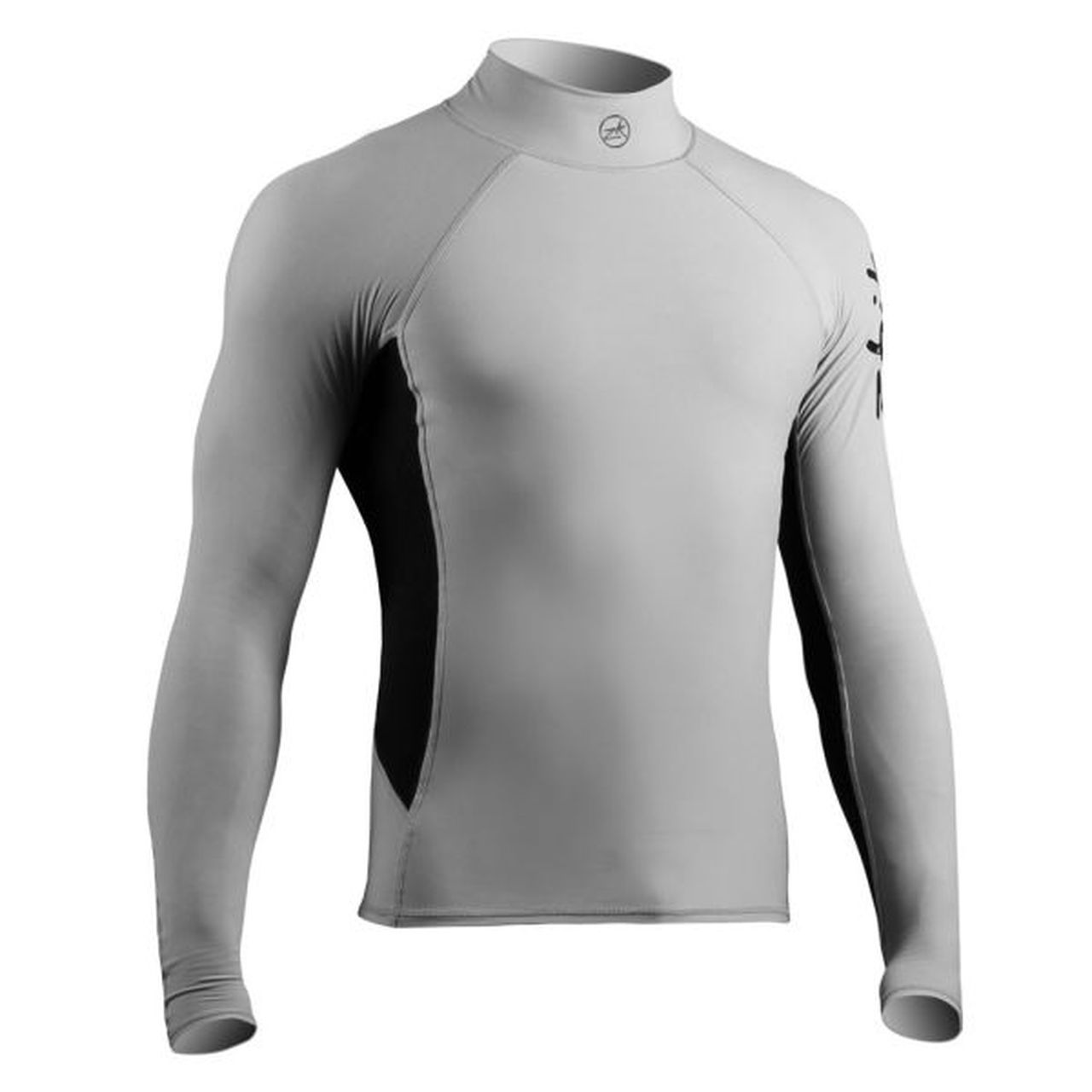
Base Layer Tops / Base Layer Bottoms
Neoprene Wetsuit
If you're not looking to invest in a drysuit or are sailing in slightly warmer conditions, the wetsuit method is for you! Sailing wetsuits are typically 3-5mm and come in a range of cuts. Most are reinforced at the knees and allow good flexibility. For cold weather sailing, look for as wetsuit that is relatively think so that it can provide as much warmth as possible. The Zhik Superwarm Skiff Suit, for example, was designed to be a close substitute (not exactly, but close!) to a drysuit for sailors looking for something less bulky and with options for layering to maintain optimal body temperature.
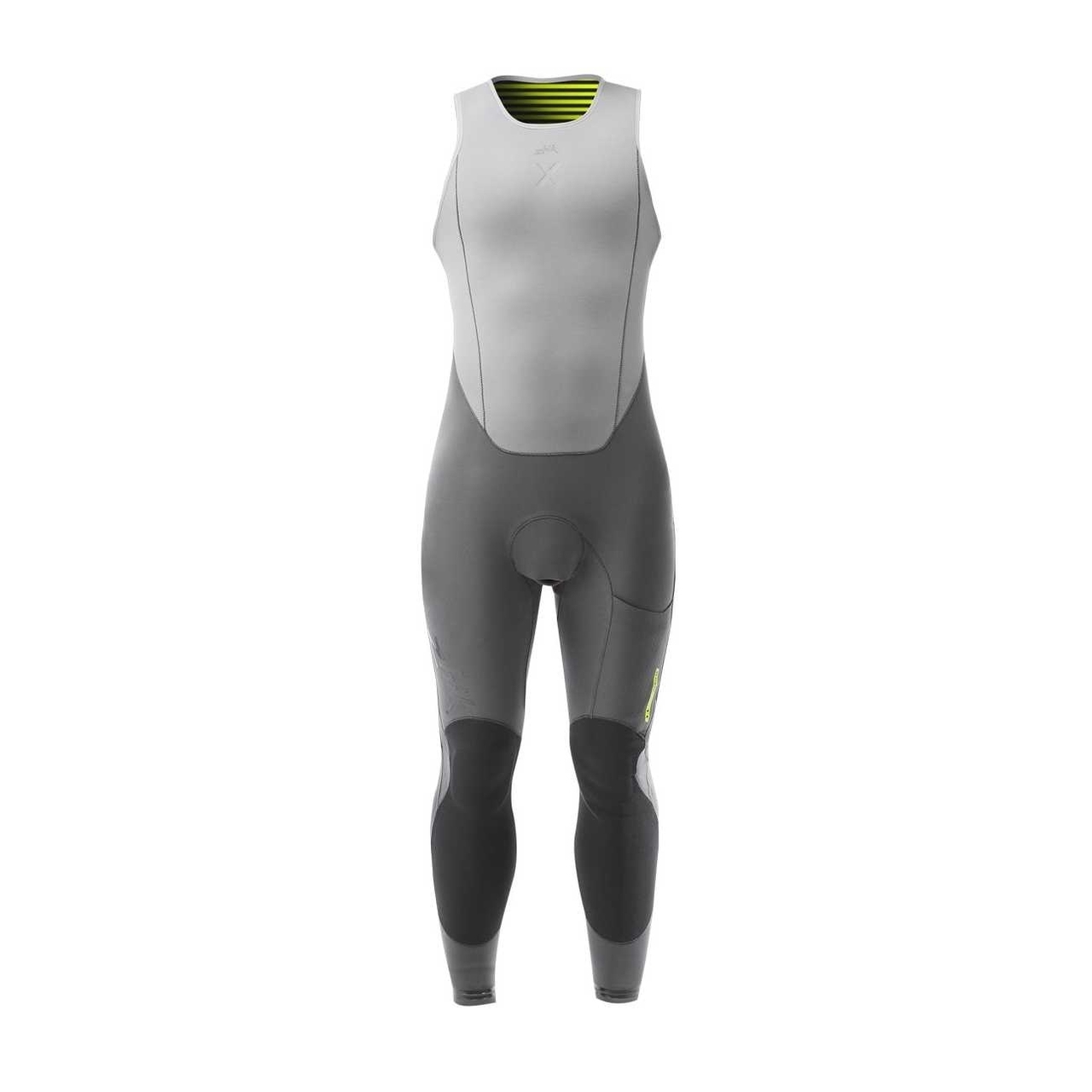
Thermal Wetsuit Top
Since most sailing wetsuits are 'farmer john' or 'skiff suit' style (meaning they do not have sleeves), a complementing wetsuit or heavy weight thermal top is a must to keep your arms and core warm. Made of similar materials to your wetsuit, a wetsuit top functions in the same way by trapping a small amount of water next to your skin to provide insulation. We like the SEA Ultra Warm Top and Zhik Microfleece X Top for this application. Alternatively, a heavy thermal top is also a great choice. Consider an additional layer under any of these tops on very cold days.

Waterproof Spray Top
A waterproof Spray Top (sometimes called a smock top or splash top) is a versatile piece of sailing gear that works well as an outer layer over a wetsuit in cold conditions. These tops typically have water resistant gaskets at neck, waist and cuff and are cut so that insulating layers can be worn underneath. Whereas in the Summer or in warm conditions you might wear a spray top over a rash guard, as conditions get colder it's common to see sailors wear them over a neoprene wetsuit or other thermal layers. The waterproof fabric helps block wind and spray, while the wetsuit or thermal layers help keep you warm underneath. Wear with a pair of spray pants (see below) for full head to toe protection, or with just a wetsuit in calmer conditions.
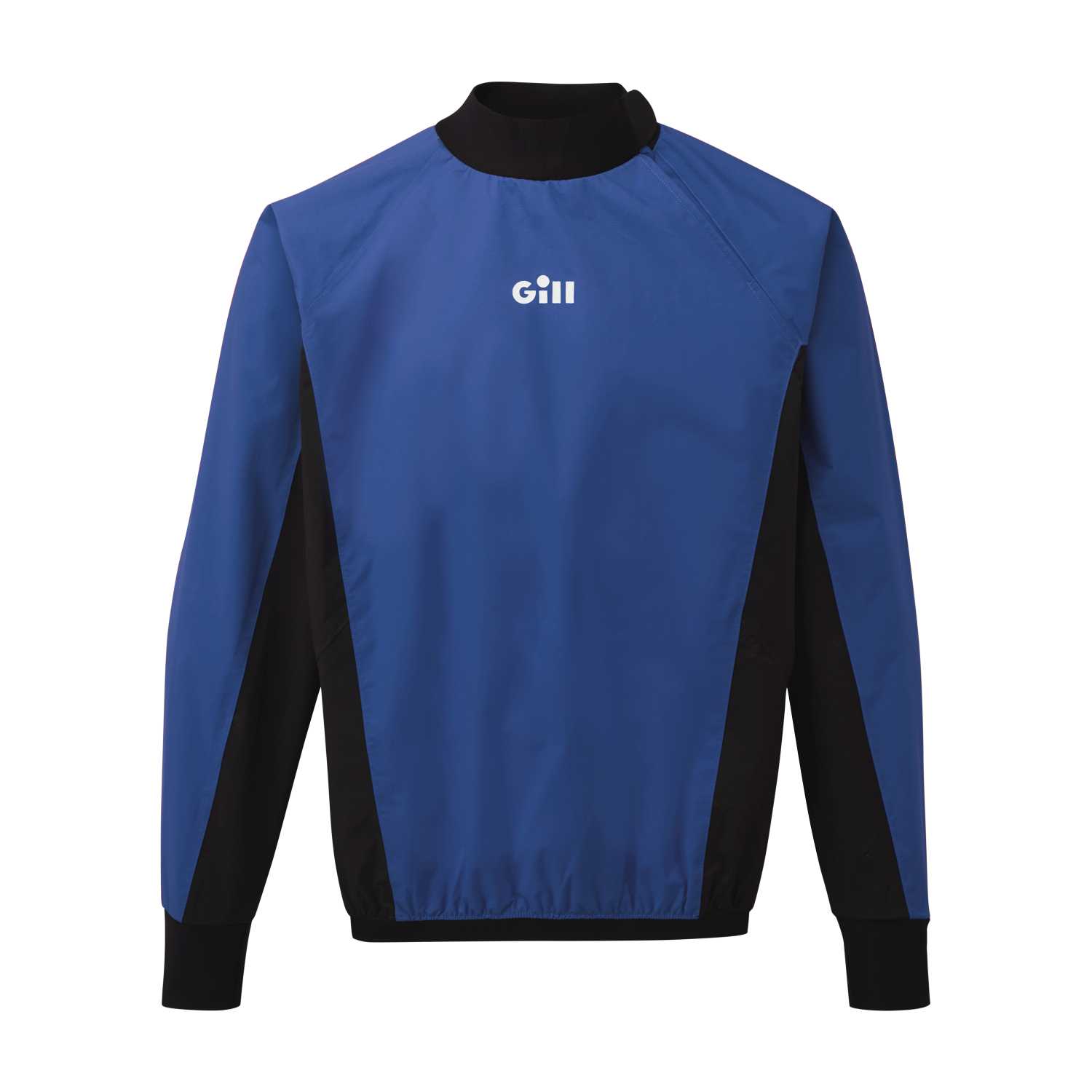
Side Note: A heavy weight thermal top works great in this application too!
Rooster and Gill make tops that blend some of the water and wind resistance of a spray top with the warmth of a thermal top. Typically these are not fully waterproof (with a few exceptions) as they do not offer the same level of waterproof fabric or seals at the wrist and neck, but are a great option for dinghy sailors as they provide a lot of warmth in one piece while allowing full mobility. A great option to consider! We like the Rooster Aquafleece range as well as the Gill Thermoshield Top.
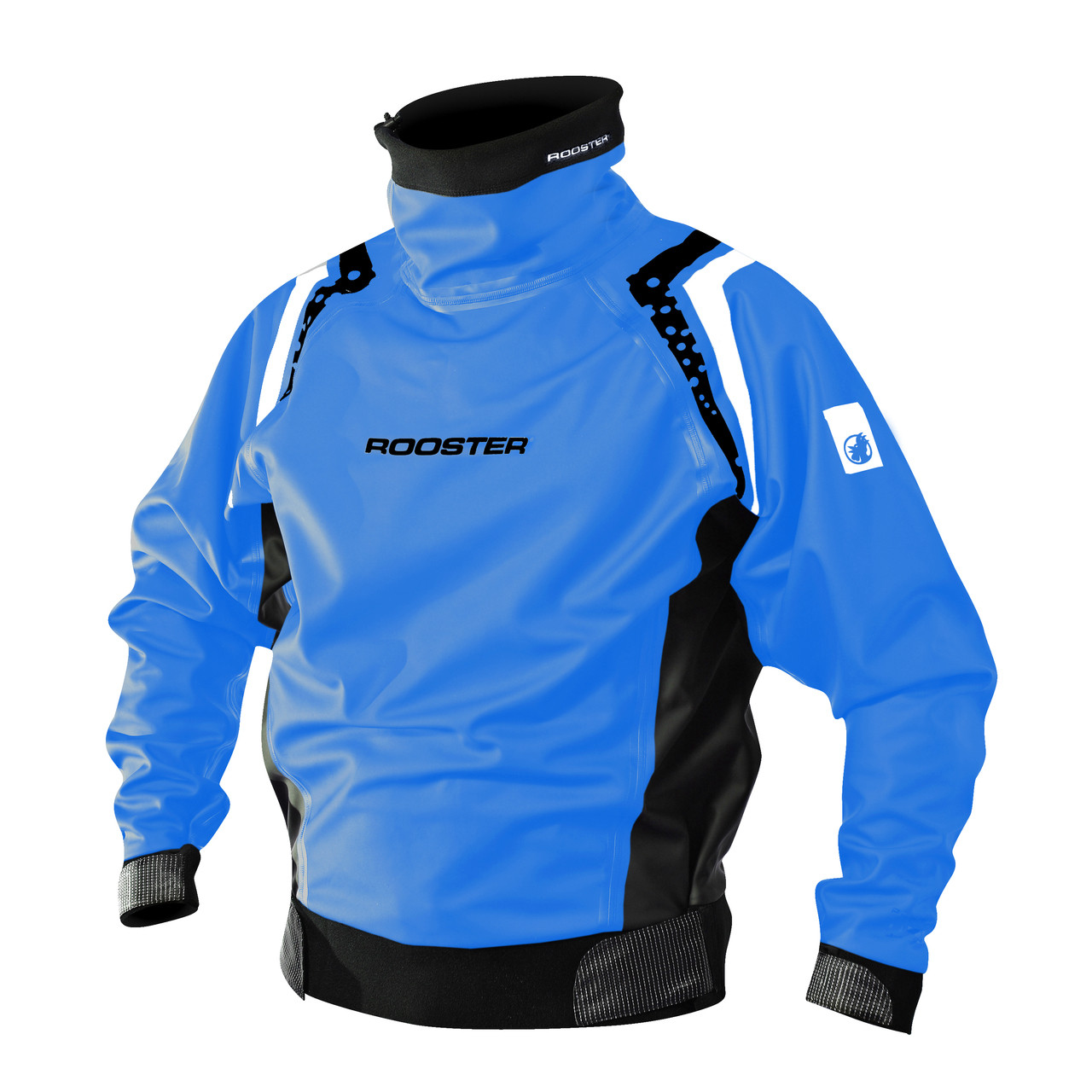
Cold Weather Gloves
If you already sail in the summer, chances are you have a pair of basic, short finger sailing gloves. While some sailors choose to wear these in colder weather, most prefer something that offers additional warmth and protection. A good cold weather sailing glove is a full glove (meaning all fingers are protected), made from a thermal material such as neoprene, and still has good grip. Every sailors tolerance for cold is different, but a good pair of warm gloves will go a long way in helping you stay comfortable and performing your best on the water.

Warm Hat
Wearing a warm hat on a cool day is common advice for any activity, and no different for sailing! The key for being on the water is to wear a hat made of wool or other synthetic material that will keep you warm even when wet. Many 'sailing specific' hats (those made by sailing apparel companies) even repel water or float. There are lots of options and exact choice is up to the preference of each sailor so we try to carry many different hats.

Thermal Socks
As water temperatures drop, adding a pair of thermal socks to your sailing boots is often a great way to remain comfortable. We recommend the Zhik Superwarm Stock for extremely cold conditions or the Rooster SuperStretch sock for more moderate conditions.
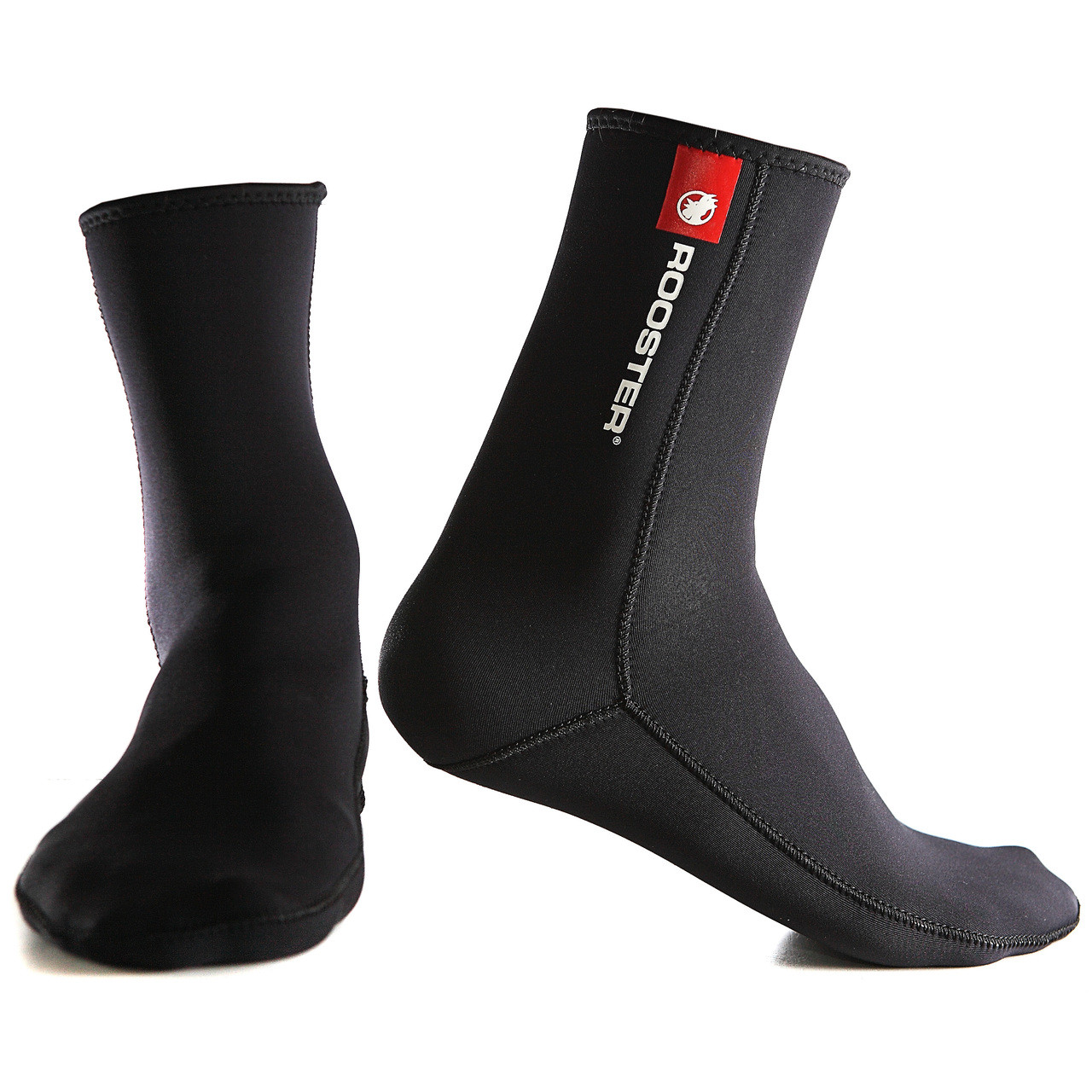
Life Jacket
In case you don't already own one, a comfortable, well fitting life jacket is a must for spending time on the water, no matter the season. This is the most import piece of gear for any sailor. Sailing specific life jackets allow a full range of arm movement and should be sleek across the upper torso. We carry a range of life jackets at multiple price points for both adult and junior sailors.
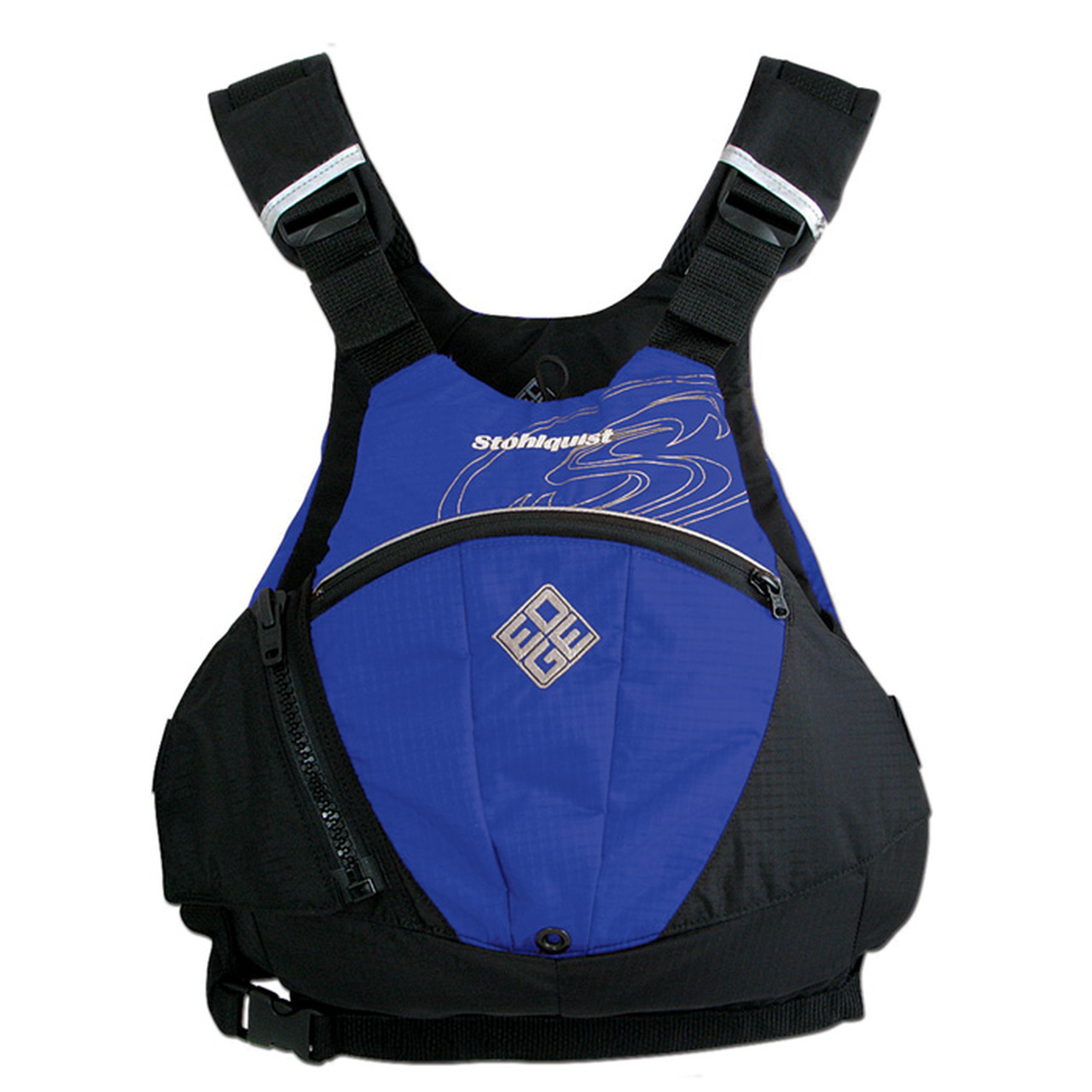
Sailing Boots
Sailing boots should be made of neoprene or rubber and provide some ankle support in addition to insulating the foot. Combined with a nice pair of socks, you can keep you feet relatively warm on cold sailing days. We make it easy to find a pair of boots that have these features with great options from Gill, Zhik, and Rooster.

When in doubt, ask for advice!
The staff at West Coast Sailing has years of experience sailing in many conditions and talks to sailors around the world every day. We can certainly recommend specific gear for your conditions, boat type, or general sailing venue. This is meant to be a guide for what we commonly recommend, but is not an exhaustive list. Talking with other local sailors about what works and what does not work is also a great way to build your sailing kit.
Reach out to our team anytime by calling or texting 1-503-285-5536 or sending an email to info@westcoastsailing.net
Looking for something else? Click here to shop all Apparel & Accessories
